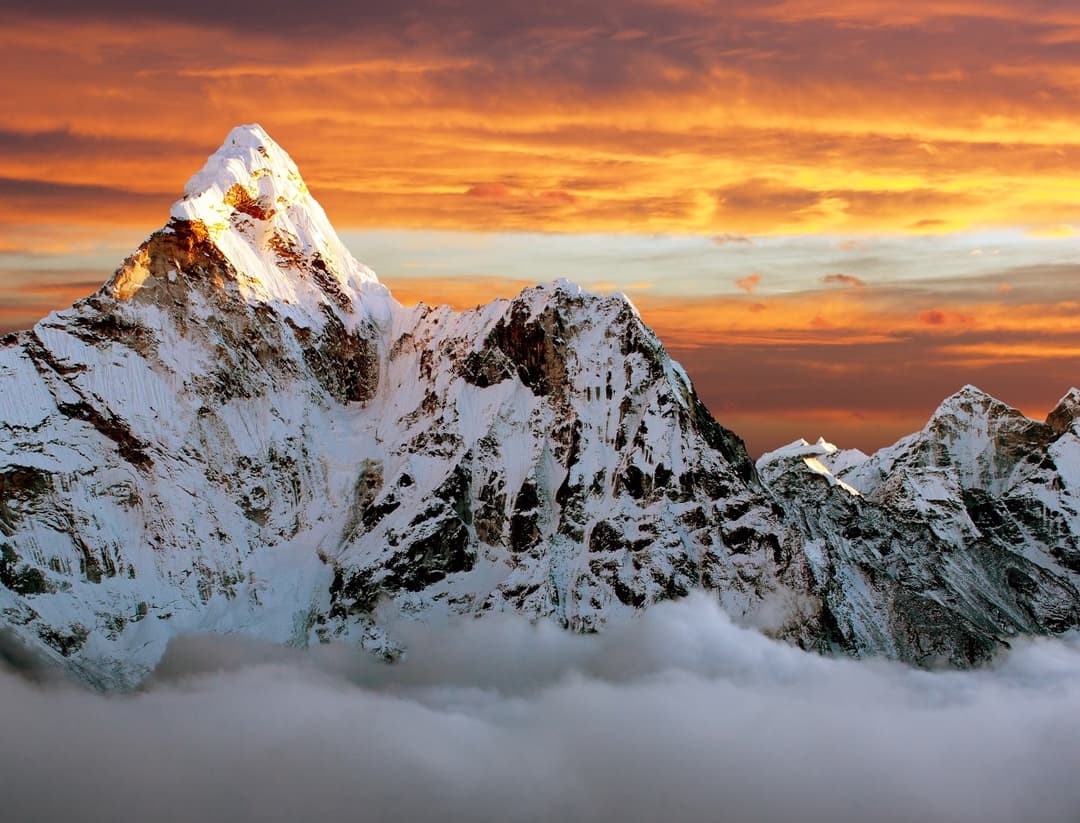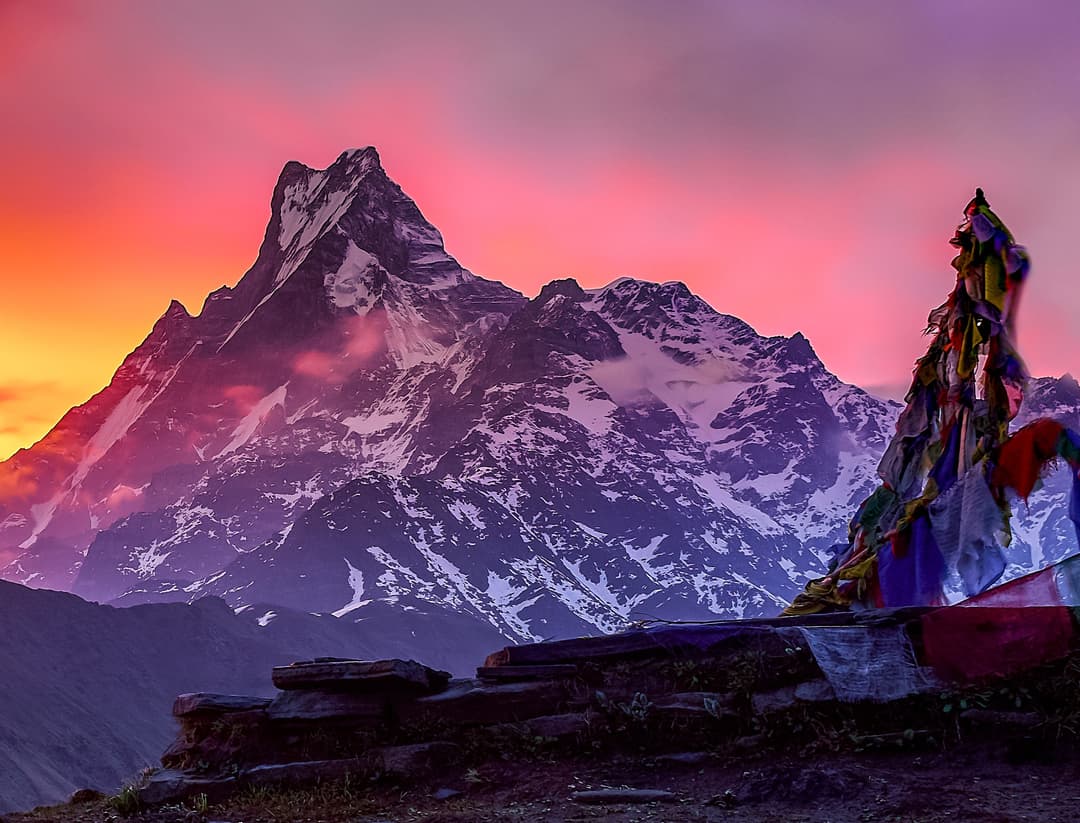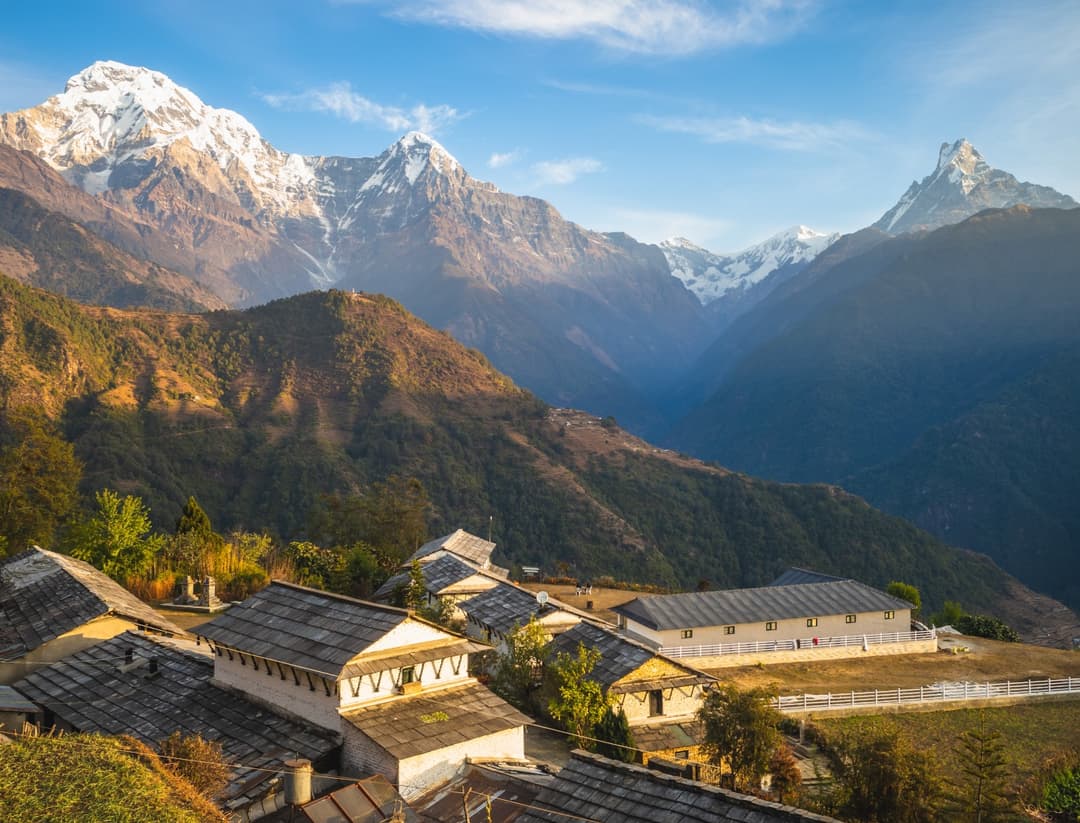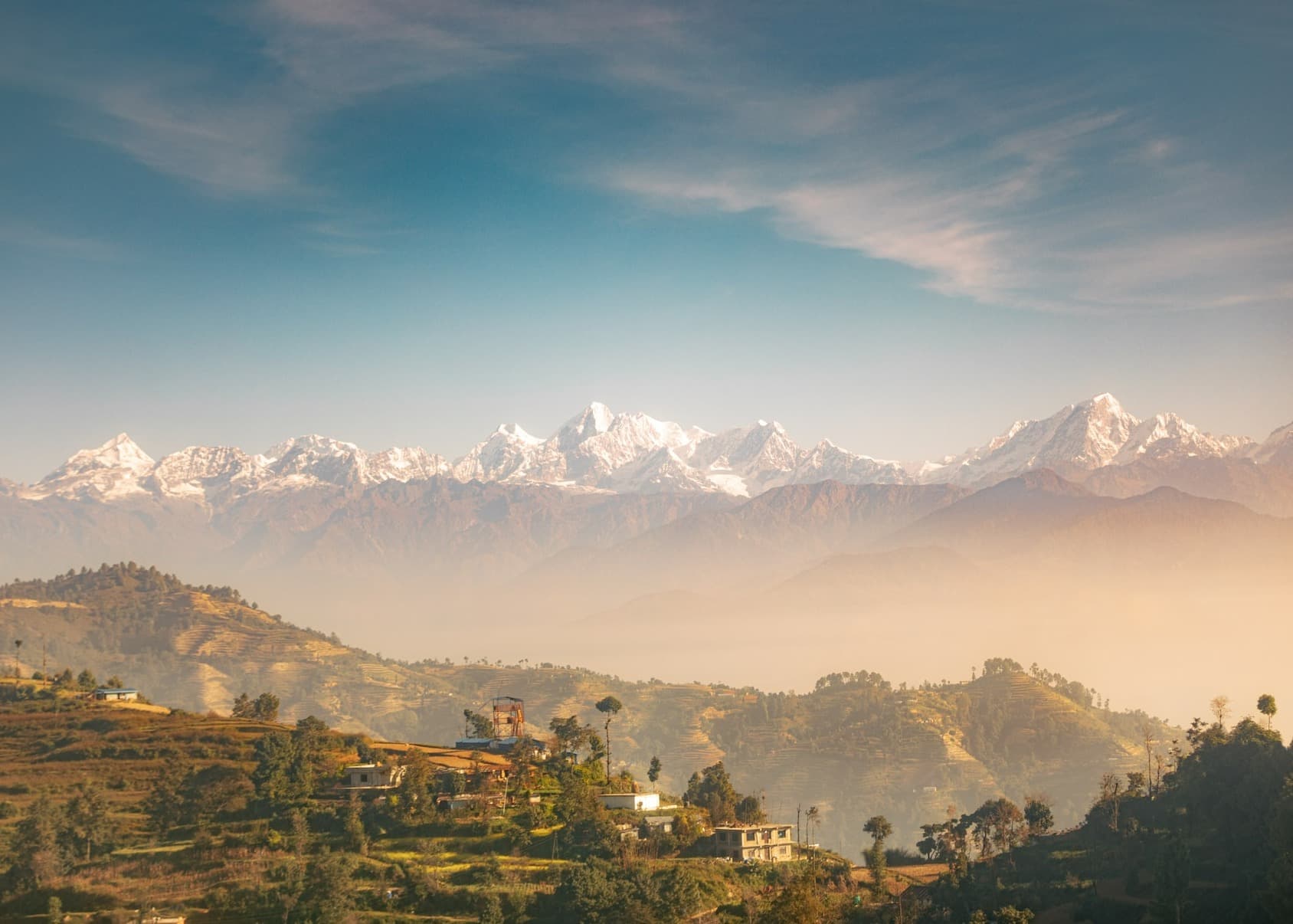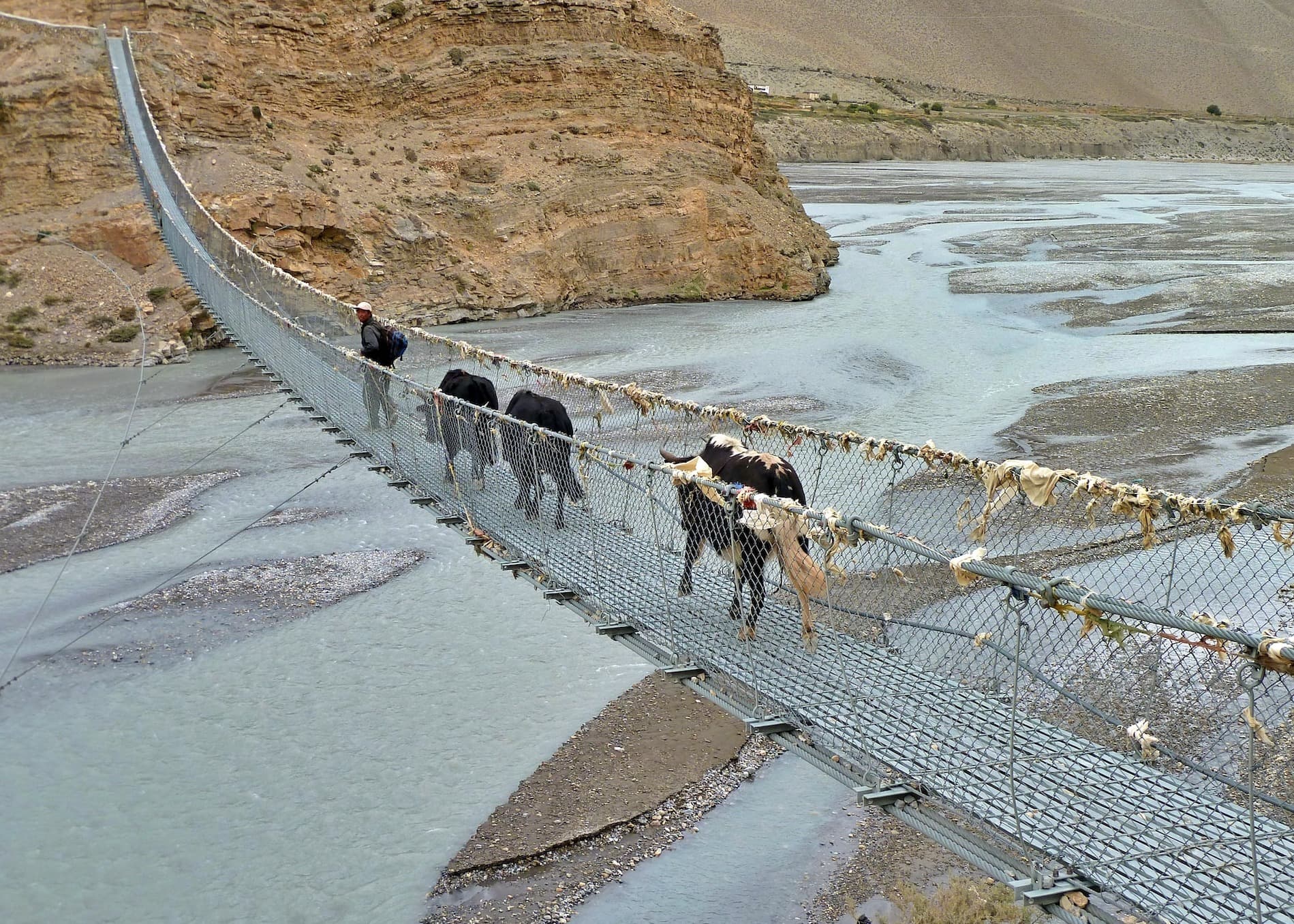Nestled in the shadow of the majestic Mount Kailash, Lake Manasarovar is more than just a geographical wonder—it is a sacred pilgrimage site that has drawn seekers of spiritual truth for centuries. Known as one of the holiest lakes in Hinduism, Buddhism, Jainism, and Bon, this shimmering body of water sits at a staggering altitude of 4,590 meters in the Tibetan Plateau, offering both awe-inspiring natural beauty and profound spiritual significance.
The Divine Connection to Lord Shiva
In Hindu mythology, Lake Manasarovar holds a revered position as the earthly representation of purity and divinity. According to legend, it was created by Lord Brahma, the creator of the universe, as a reflection of his mind—hence the name "Manasarovar" derived from "Manas" (mind) and "Sarovar" (lake). It is believed that bathing in its waters washes away the sins of a hundred lifetimes, and drinking from its pristine depths brings eternal peace and liberation (moksha).
For devotees of Lord Shiva, Manasarovar Lake represents the celestial waters where the Lord meditates in eternal silence at the foot of Mount Kailash. Pilgrims believe that walking the sacred Kora (circumambulation) of both the lake and Mount Kailash grants one freedom from the cycle of rebirth, making it a deeply transformative spiritual experience.
A Spiritual Crossroads for Multiple Faiths
While Hindus revere the lake for its connection to Lord Shiva, Buddhists regard it as the place where Queen Maya, the mother of Lord Buddha, was bathed by celestial beings before giving birth to the Enlightened One. This makes it a key site for Tibetan Buddhists, who visit Lake Manasarovar to perform rituals, offer prayers, and seek blessings for enlightenment.
The Jain tradition also venerates this lake, as it is believed that Rishabhadeva, the first Tirthankara, attained Nirvana here. For Bon practitioners, the lake is home to the spirits of nature and is closely associated with their ancient shamanistic traditions.
A Pilgrimage to Purity and Peace
Undertaking the Manasarovar Yatra is not for the faint of heart, but the rewards are immense—both spiritually and physically. Pilgrims make the journey to this remote corner of the world, braving high altitudes, thin air, and challenging terrain, all to immerse themselves in the sacred waters.
The pilgrimage usually begins in Tibet, where the journey to Manasarovar Lake unfolds through breathtaking landscapes of vast plateaus, rolling hills, and endless skies. Once at the lake, pilgrims partake in ritualistic bathing, a symbolic cleansing of both body and soul. The cool, crystal-clear waters of Manasarovar not only refresh the physical senses but also offer a deep, spiritual renewal.
Many choose to perform parikrama (circumambulation) around the lake, a 90 km trek that takes pilgrims several days to complete. This holy walk is believed to help one accumulate good karma and clear past misdeeds, furthering the journey toward spiritual enlightenment.
Manasarovar: A Gateway to Moksha
Lake Manasarovar is often referred to as a gateway to moksha, or liberation, making it a must-visit for those seeking to transcend the material world. For the thousands of pilgrims who venture to this holy site each year, the lake’s tranquil surface serves as a mirror reflecting the deepest truths of existence. To gaze upon its stillness is to connect with the divine.
The Manasarovar Yatra is more than just a physical pilgrimage—it is a spiritual passage into the heart of one's own soul. The lake’s shimmering waters, set against the backdrop of the mighty Himalayas, represent the inner peace and enlightenment that every seeker aspires to attain.
Practical Considerations for the Manasarovar Yatra
Although the yatra is deeply spiritual, it is also a demanding journey that requires careful planning. For those embarking on the pilgrimage, acclimatizing to the high altitude is crucial. The ideal time to visit is between May and September when the weather is most favorable.
Himalaya Land Treks & Expedition offers guided tours for the Manasarovar Yatra, ensuring that pilgrims not only fulfill their spiritual aspirations but also experience the journey safely and comfortably. Whether traveling for religious devotion or simply seeking inner peace, this sacred lake promises a transformative experience that will resonate within the soul for a lifetime.
Conclusion: The Sacred Waters of Inner Peace
For those who seek to connect with the divine, the journey to Lake Manasarovar offers a rare opportunity to touch the sacred and experience profound spiritual awakening. Bathed in the glory of both natural beauty and religious significance, this holy lake is a living testament to the spiritual richness that our world holds. Whether you are a devout pilgrim or a seeker of peace, Manasarovar Lake calls you to immerse yourself in its sacred waters and emerge renewed, purified, and at one with the cosmos.




